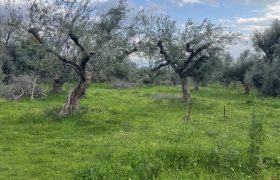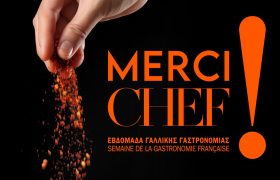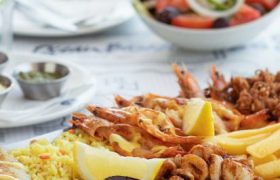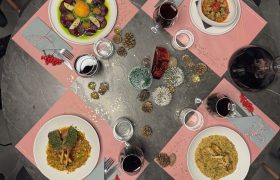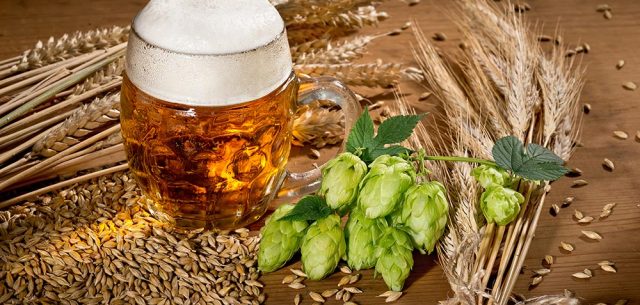How to do Lent in Greece
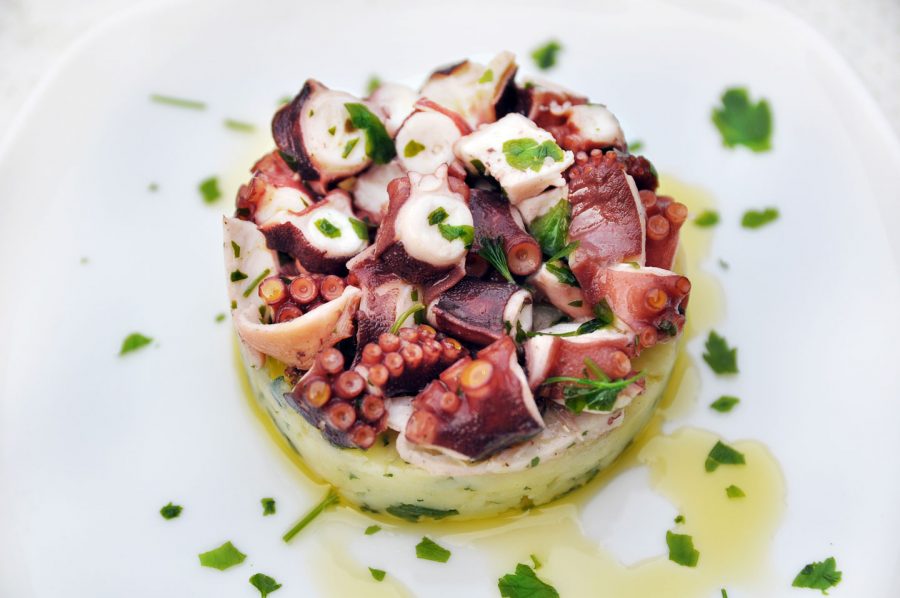
With so many Lenten treats on offer, the 40-day pre-Easter abstinence feels more like indulgence than penance. Here’s Athens Insider’s guide to navigating Lenten dos and don’ts!
For Greeks, even fasting is all about food! In fact, it reflects the rich culinary repertoire of the country, relying heavily on seasonal veggies and the bounties of the ocean. Lent and other fasts dictated by the Orthodox calendar meant that until recently, Greeks abstained from meat for at least six months of the year – a far cry from the ‘meat-obsessed’ nation it has become today.
Preceding the most important festival on the Greek Orthodox calendar, Lent traditionally extends between Tsihnopempti (Smoky Thursday), when all remaining meats are grilled up for one final night of gluttony, and midnight on Easter’s Holy Saturday, when a Pascal lamb or kid is slaughtered and impaled on a spit above a slow fire for the morrow’s festivities while its entrails are boiled into a soup (mageiritsa), and eaten with dyed-red eggs after the Resurrection church service.
During the intervening 40 days, consumption of red meat, all meat by-products (cheese, milk, eggs) and fish with a backbone is strictly prohibited for practising Orthodox. Even olive oil and wine are rationed.
The rationale behind this strict fasting period is that the body must be cleansed, as well as the spirit, in preparation for accepting communion on Easter Day, to celebrate Christ’s resurrection from the dead.
These days, only the very devout follow the full fast, but most Greeks will refrain from eating meat on Clean Monday (the first day of Lent) and during Holy Week.
Nonetheless, the Lenten period heralds a cornucopia of tempting fresh salads, bean soups and stews, grilled shrimps and squid, steamed mussels, and rice and pasta dishes with seafood crowding onto the menus at restaurants and tavernas the length and breadth of the country.
A few Lenten foodie terms and social customs you need to know:
Apokries: In Greece, the carnival, known as ‘apokries,’ literally translates as ‘away from meat.’It is one of the most festive times and yet one of the least known to non-Greeks. Apokries lasts three weeks and four Sundays and takes place in the period just before the 40-day Lenten fast. There are specific foods eaten on specific days during the whole Carnival period, the whole idea being that one slowly weans oneself off meat and dairy in preparation for a long fast.
Profoni: The first week is called profoni (or the announcement), because it used to be tradition to announce the opening of the Carnival season from a high point in each village.
Kreatini: The second week of Carnival is the meat-eating week. The meat-fest of Tsiknopempti, or “sputtering” Thursday, is so-called after the sizzling sound of meat being grilled.
Psihosavato: At the end of the second week is All-Soul’s Saturday, one of three days set aside during the start of Lent to honour the dead. Traditionally on All-Soul’s Day, kolyva, a dish made with boiled whole wheat kernels and decorated with pomegranate seeds, black currants, sugar, nuts and spices, is offered at the graves of the dead.
Tirini (also known as macaroni): During the last week of Carnival, traditionally, meat is almost never eaten. Instead, tables are laden with cheese and milk and eggs. Tiropita, or cheese pie, galatopita, or milk pie, creamy rice puddings and galaktoboureko are the dishes Greeks indulge in. The last festivities of the carnival period culminate on that last Sunday, Tyrofagis Kyriaki (or Cheese Sunday), just before the start of Lent. Sometimes, the very last thing to be eaten is an egg, the first food with which the Lenten fast is broken 40 days later.
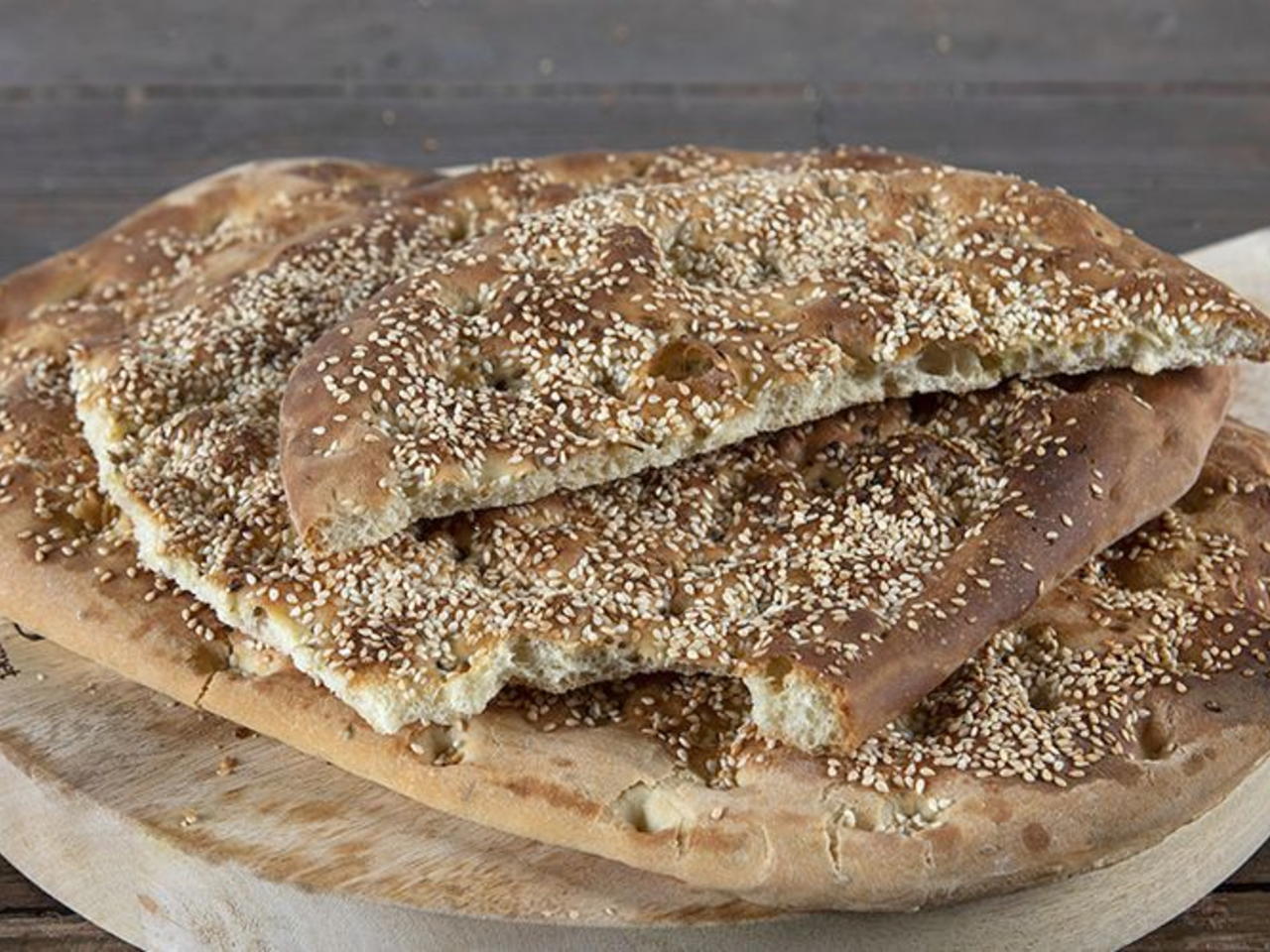
lagana bread
Kathara Deftera: Clean Monday (celebrated on February 15 this year) marks the beginning of Lent and the foods consumed on this day contain ‘no blood’. So salads, fresh and pickled vegetables (tursi), shellfish, octopus, squid and the traditional Lenten flatbread lagana bread are enjoyed. Halva is the traditional dessert. It is customary to fly kites on this day.
The Lenten menu is crammed with such full flavours and inspired combinations that it promises to tempt fasters and non-fasters alike to fast away. Nistissima: A term one is likely to see scrawled across most menus refers to Lent-friendly dishes that are meatless, eggless and devoid of dairy products. Sarakosti: Also a term used to describe Lenten meals (referring to the 40-day period).
Get into the spirit of the ‘fast’ with a Lenten feast:
During the Lenten period, diners who are avoiding fish will find plenty to enjoy with Lenten tables positively oozing with tastebud-tempting treats, culled from the tradition of abstention. A wealth of vegetable, grain, and seafood dishes abound and this meatless period offers the possibility to rediscover traditional recipes and cleansing customs.
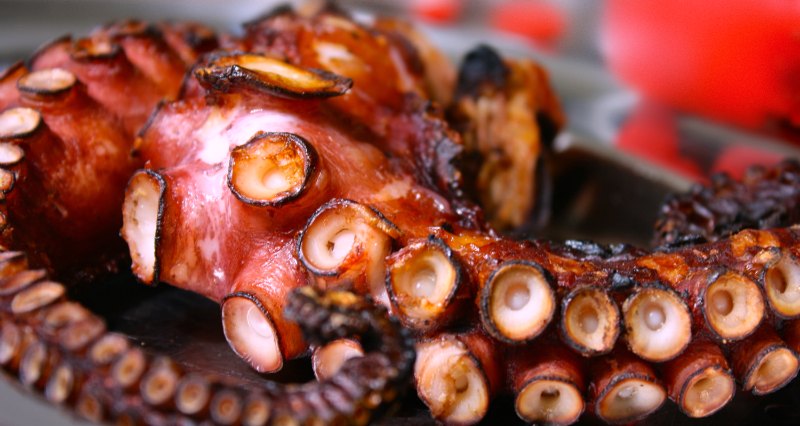
Fresh from the net: Fish traditionally is not allowed, but all manner of shellfish are. Octopus, squids and mussels are favourites, and there is a wealth of regional preparations for each, including deliciously aromatic octopus stews; squid or cuttlefish stewed with spinach; octopus cooked with short pasta; mussel pilaf; and much more. The taramosalata, freshly homemade with the finest white fish roe and virgin olive oil is a traditional appetiser during Lent as are tangy sea urchin salads with lemon and olive oil dressing.
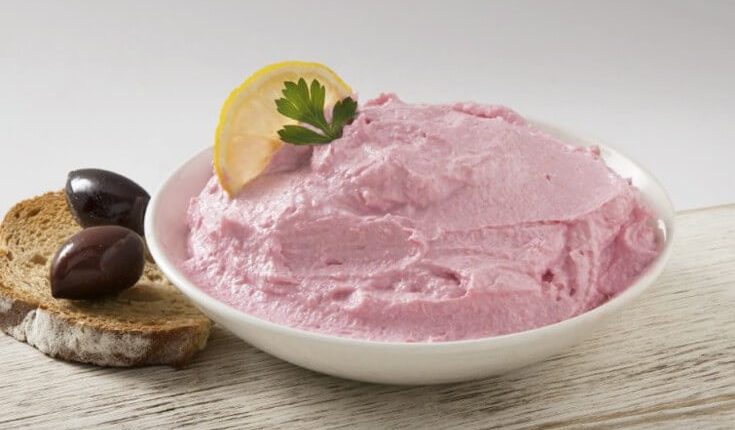
Taramosalata
Cooked over a stove-top: Indeed, one of the greatest legacies of the Lenten table is the array of mageirefta or ladera dishes – these include preparations such as lentil and other bean soups, chickpeas stewed with onions, garlic and olive oil, white bean and giant bean casseroles perfumed with herbs, tomatoes, and greens.
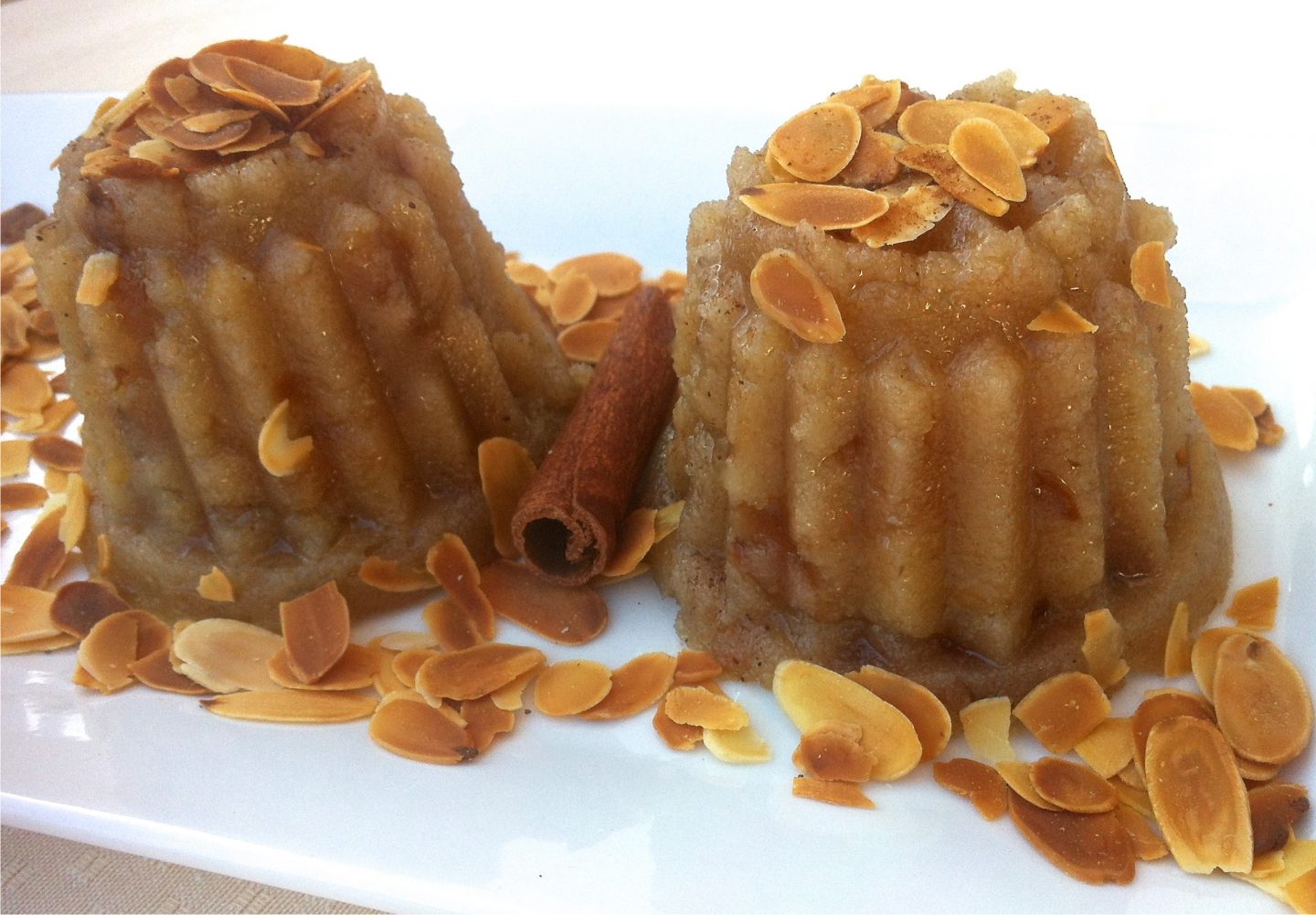
Halva-Greek-Semolina-Pudding-with-Raisins
Lenten desserts: Halva is by far the most popular Lenten sweet, and in Greece it comes in many versions either with tahini (sesame paste) and sometimes studded with nuts and raisins, or marbled with chocolate. The home-cooked version is made with semolina flour, olive oil, water, sugar syrup and a sprinkling of nuts.

